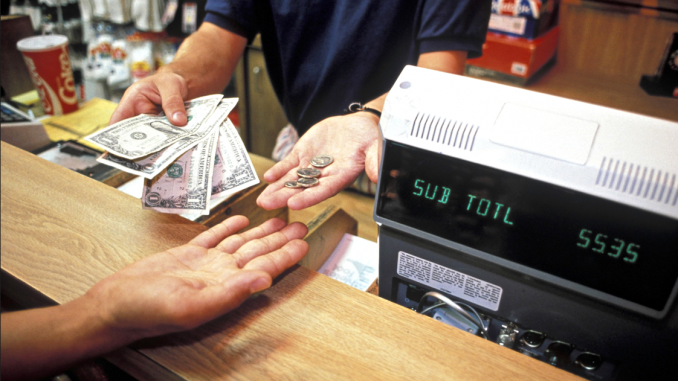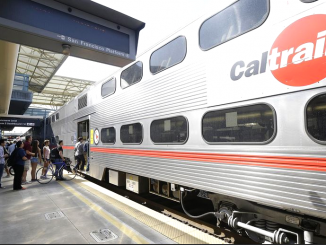
BY EMILY MIBACH
Daily Post Staff Writer
A Palo Alto Council committee is looking at the options for a tax the council may put on the 2020 ballot to fund the redevelopment of the Cubberley Community Center or separating the train tracks with the road at the Caltrain crossings.
The council’s finance subcommittee tomorrow will look at three kinds of taxes — a bond measure, a parcel tax or a business license tax — and may decide which one the city should pursue.
Originally, the city had been looking at a business license tax of fund the Caltrain grade separations — a tunnel or bridge that separates the road from the train tracks. But at its June meeting, the committee asked City Manager Ed Shikada to bring back other tax proposals they could consider.
In a bond measure, the city borrows money by selling bonds and then raises property taxes in order to repay the bonds. If the city moves forward with such a bond measure, it will have to decide how much it wants to borrow and at what rate to tax property owners.
The next option, a parcel tax, could be issued on businesses, homeowners or both. The school district already has parcel taxes. Usually, every parcel owner pays the same amount. But some parcel taxes can be based on the square footage of the property, meaning the owners of larger buildings would have to pay more.
In 2018, East Palo Alto voters approved Measure HH, which charges a fee on commercial office space of more than 25,000 square feet at $2.50 per square foot. Eighty percent of voters were in favor. The measure is projected to bring in about $1.7 million a year, of which at least 35% would be spent on low-income housing construction.
Depending on what sort of parcel tax the council decides to pursue, the city could see between $7 million and $25 million annually.
Business taxes
The committee will also look at a few types of business taxes. Those include a tax based on the number of employees a company has and a tax on payroll.
San Francisco is the only city that has a payroll tax.
In 2018, Mountain View voters approved Measure P, which charges businesses with more than 50 workers a fee ranging from $75 to $150 per employee, depending on the company’s size. For Google, the city’s largest employer, that translates to $3.3 million in taxes a year. Overall, the tax, which 71% of voters approved, is expected to raise about $6 million a year. The city plans to use most of those funds for transportation projects.
For either parcel or business taxes, the council will have to decide if it wants the money to go into its main bank account or be put into a separate fund and used on specific projects.
The city has yet to decide how it wants to separate the Caltrain tracks from the street at crossings in town. The city has to decide what to do at Charleston Road and Meadow Drive, Churchill Avenue and Palo Alto Avenue.
Grade separations are taking on more urgency as Caltrain plans to complete an electrification of its system in 2022, which could increase the frequency of trains to 20 per hour at peak times. With more frequent trains, traffic will be stopped more often at the crossings, raising the possibility of traffic backups.
History of tax attempts
In June 2016, the council agreed not to put a business tax for transportation programs on the November ballot that year, due to concerns that the ballot measure would have been too rushed. The proposal was to tax businesses based on their number of employees. The council decided to aim for a ballot measure in 2017 or 2018 instead.
But in May 2017, the council again postponed pursuing a business tax.Then-City Manager Jim Keene said at the time that city staffers were swamped with other projects and that other funding for transportation projects might emerge.
The city placed a per-employee business tax on the ballot in 2009, but the measure failed, with 57% of voters saying “no.”




Here’s an idea, spend less money…
Yes, spend less money and start taxing businesses since residents are outnumbered by commuters 4:1.